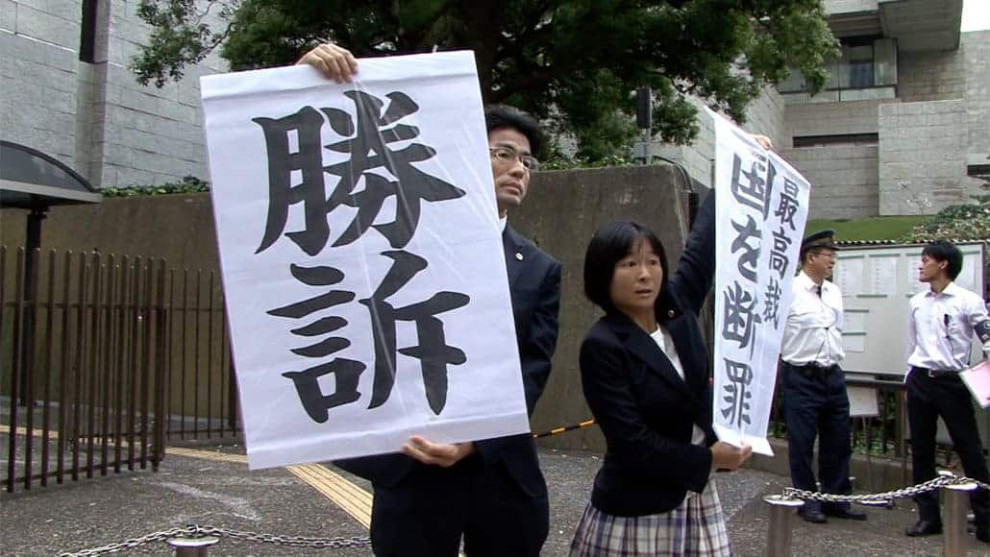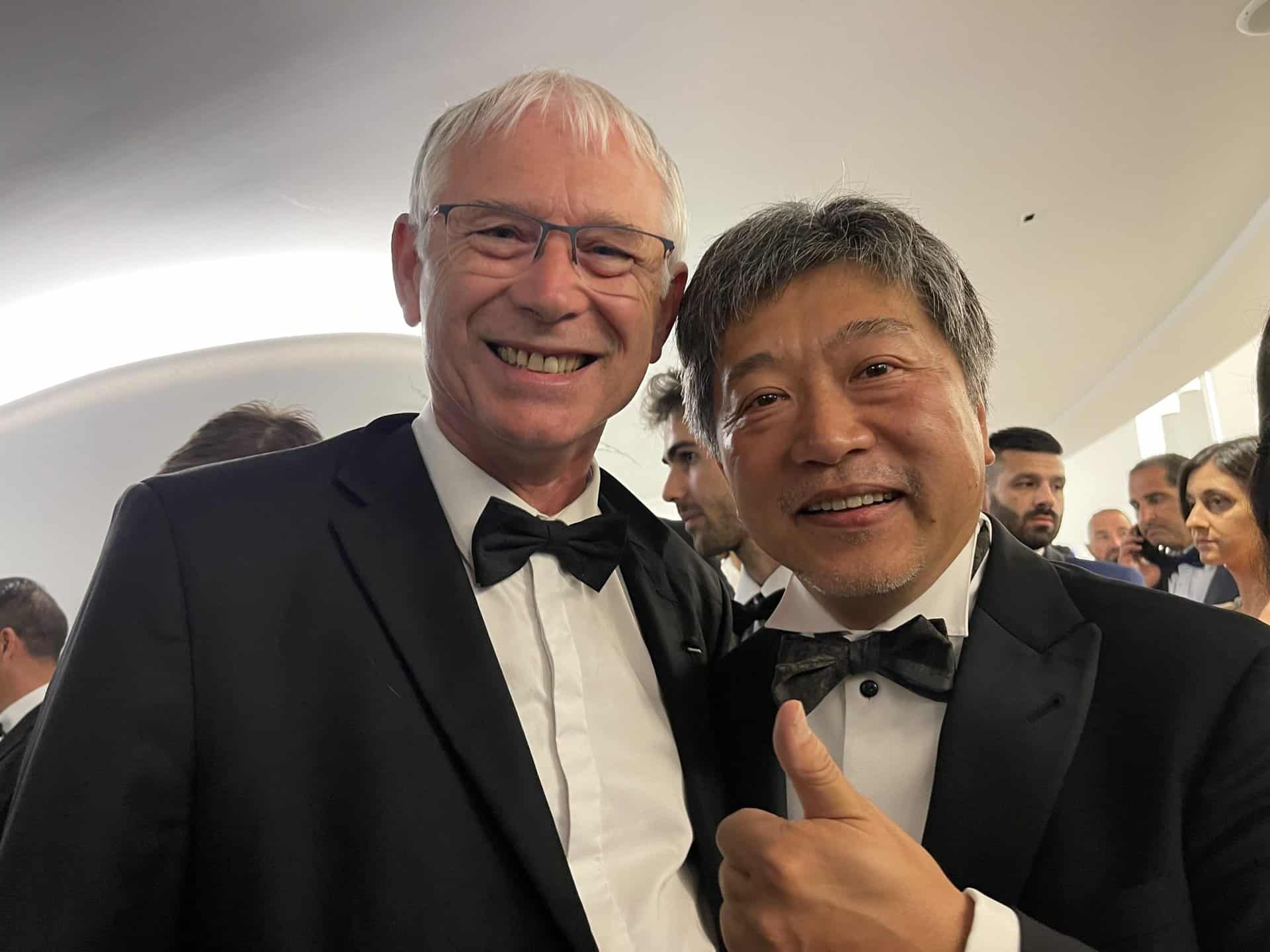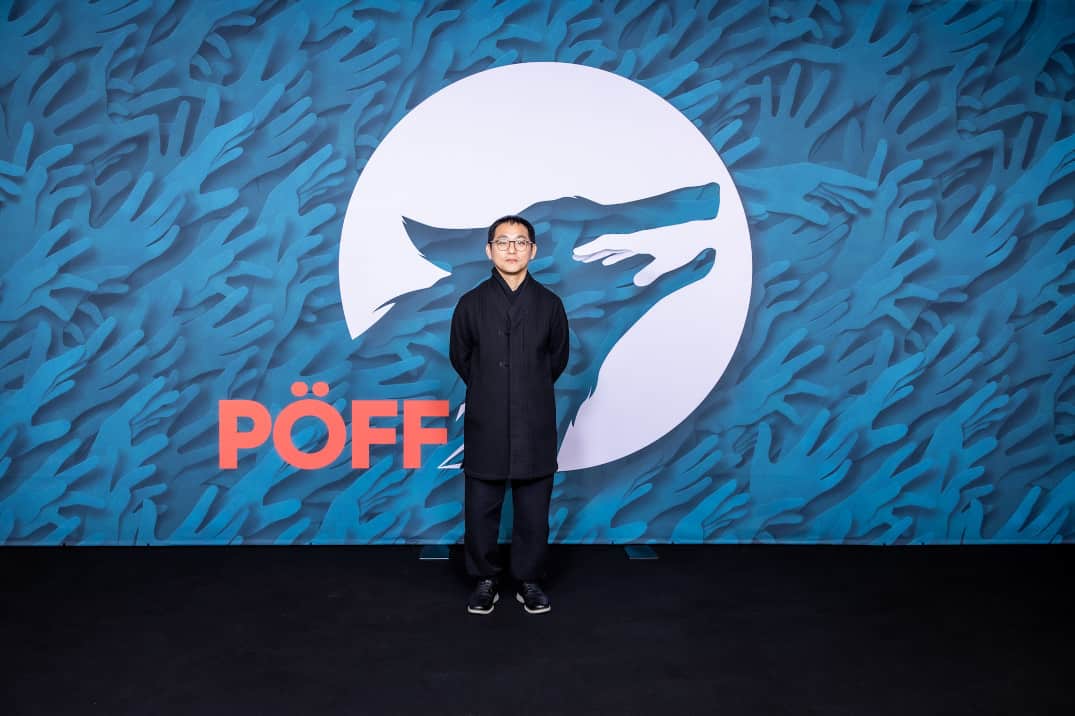Evidently, not the most popular category of films out there; nevertheless, documentaries can offer as much entertainment as any movie, and in the process, educate, remind, and have a considerable impact on their audience.
This year's selection entails a number of subjects that includes socieal, political, social media, music, art, humanistic and history themes, from countries that include a rather large part of the area.
Without further ado, here are the Best Asian (themed) Documentaries of 2018, in random order. Some may have premiered in 2017, but since they mostly circulated in 2018, we decided to include them. (By clicking on the title, you can read the full review of the film, the country indicated next to the director may not be the film's origin, but of the theme's)
1. Reason (Anand Patwardhan, India)

Patwardhan's vision invokes many concerns. Not only about future scenarios for India. Unfortunately, affairs such as religion interfering with swelling number of aspects of the public life's, the national pride rhetoric combined with supremacy gripping over the majority of a population, and the revisionism hitting the history textbooks seem to become a pattern all over the world. Another recurring theme are citizens. Tired of the stagnant order and hoping for a change, they turn to dealers of brisk populist slogans who enable them to bind in unity against a common foe: be it the outside enemy lurking at the borders or the inner one, in the form of corruption, injustice, and power pacts. (Joanna Konczak)
2. People's Republic of Desire (Hao Wu, China)

People's Republic of Desire” is a very interesting documentary that left me with a sense of hopelessness for the hosts who work on the site. Even the small glimpse into the lives of the fans show us what kind of lives they have and how empty they are. One of the hosts the film follows ends up leaving the site and we don't find out what happens to them (Matt Ward)
3. Around India with a Movie Camera (Sandhya Suri, India)

“Around India with a Movie Camera” is a brilliant documentary on the last years of British rule in India up until 1947. Even though it works perfectly as a historical document or collage, the most rewarding approach is how the film analyzes the gaze, the approximation of two cultures trying to understand the other beyond the borders of prejudice and colonialism. (Rouven Linnarz)
4. Garage Rockin Craze (Mario Cuzic, Japan)

Mario Cuzic and B.B. Clarke have created a fascinating portrait of a vibrant and exciting rock and roll scene in Tokyo. This is a garage punk scene that is filled with wonderful and eccentric characters, high energy sounds and a wild egalitarian space, where deference is considered uncool and anybody, of any age, can have a good time. The effort everybody puts into the events is astounding, and as the saying goes, this is the real stuff, rock and roll. I can't think of anything better to say that other than that Garage Rockin' Craze is a fucking great rock and roll film! (Jonathan Wilson)
5. Counters (Lee Il-ha, S. Korea)

The documentary thrives in facts and episodes, as the analysis of both characters and the Counters movement is quite thorough, but remains entertaining through Lee Il-ha's own, extremely fast for a documentary editing, and the very fitting music by Noh Young-rae, which includes rock, punk and hip hop tracks. Lee also functions as the cinematographer, with him following the members and the events quite closely, presenting his main theme thoroughly, while making a harsh comment about the path our societies have taken after the era of economic growth seems to have passed. In the case of Japan, this comment (accusation if you prefer) is addressed directly to the right-wing practices of the State, and particularly the Prime Minister, Shinjo Abe. (Panos Kotzathanasis)
6. Sennan Asbestos Disaster (Kazuo Hara, Japan)

As many others of Kazuo Hara's films, “Sennan Asbestos Disaster”, doesn't fail to succeed the expectations of the viewer. His eye-opening documentary follows up on the traditions of other Japanese filmmakers like Noriaki Tsuchimoto (“Minamata: The Victims and Their World”, 1971) and Sako Makoto (“Living on Agano River”, 1992) and one can only be excited about Hara's next project. (Alexander Knoth)
7. Dead Souls (Wang Bing, China)

It is hard to say if “Dead Souls” entertains the audience as ordinary commercial films do; instead, it exposes painful memories. However, this movie has a value as it enlightens people, in order to prevent the massacres of the past. In addition, it reveals that the role of a film is to capture the essence of society. (Marie Lee)
8. Eastern Memories (Niklas Kullström, Martti Kaartinen, Mongolia)

“Eastern Memories” is a great documentary, which succeeds as a chronicle of a both a man and of the countries he visited, while the images presented will definitely stay in the memory of its audience for some time. (Panos Kotzathanasis)
9. Together Apart (Maren Wickwire, Philippines)

“Together Apart” will likely stay in the mind of its audience, and it does so thanks to the stories of these two women, Wickwire's direction and cinematography. Even though the pieces of information regarding Filipino and Filipina workers framing the film cast a more pessimistic shadow, the greatest strength of “Together Apart” is perhaps not in the way it calls to action. If these women have not given up on their dreams, it is the duty of all of us to not let the opposite happen. In the end, globalization has a human face, such as Guil-Ann's or Carren's, and we should always be aware of that. (Rouven Linnarz)
10. This Shaking Keeps Me Steady (Shehrezad Maher, Pakistan)

In the end, “This Shaking Keeps Me Steady” is a thought-provoking film which will hopefully resonate with its viewer. While staying away from explicit imagery, the stories of her characters and their individual struggles make her documentary a short, but very memorable experience. Perhaps it is not so much an image of ambulance workers and other helpers, but also a picture of a world in which listening to these stories has been neglected too often.
11. Kusama Infinity (Heather Lenz, Japan)

As we learn of her life and witness the labyrinths made of dots and nets that form the basis of her art, we are also introduced to a very interesting persona, who managed to take all the obstacles she had to face in her life and make them into art, including her psychosis. As Kusama says, “No matter how much I suffer from my art, I have no regrets”. (Panos Kotzathanasis)















